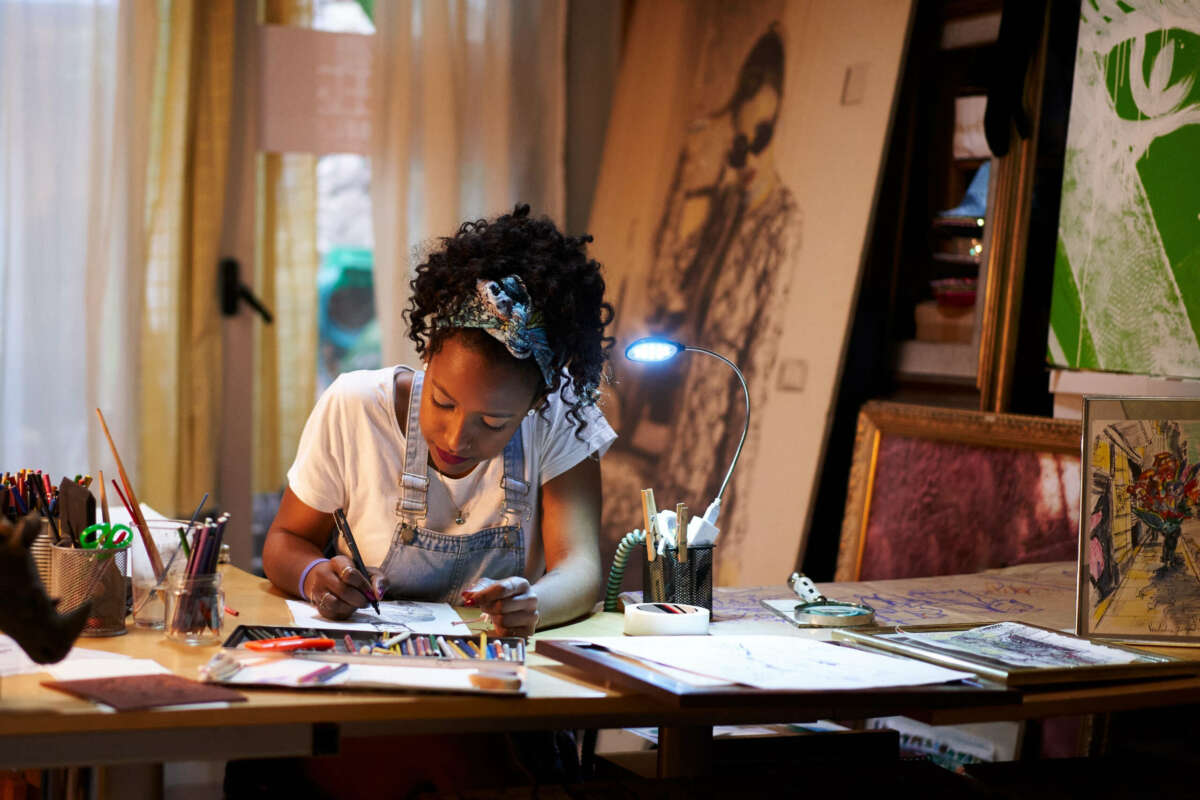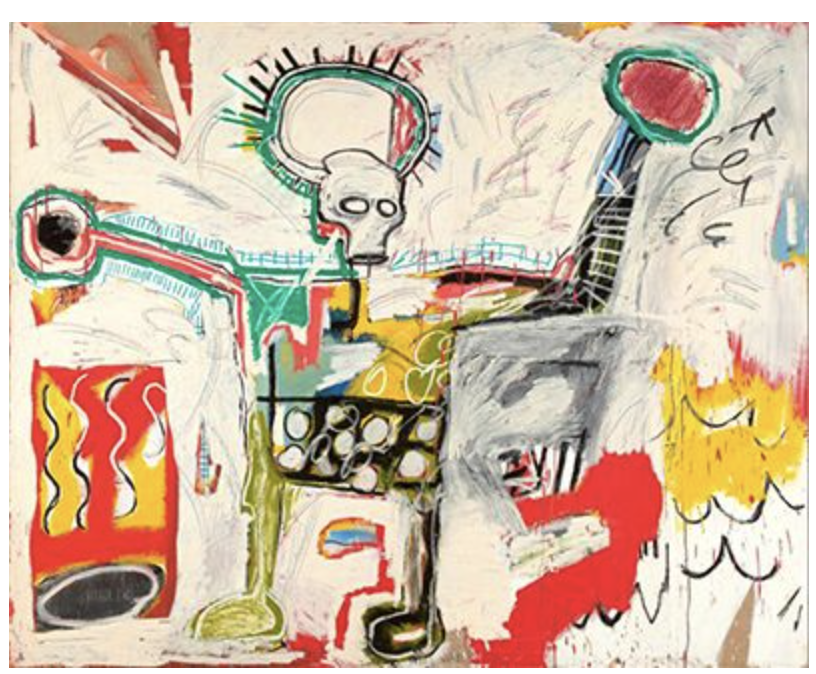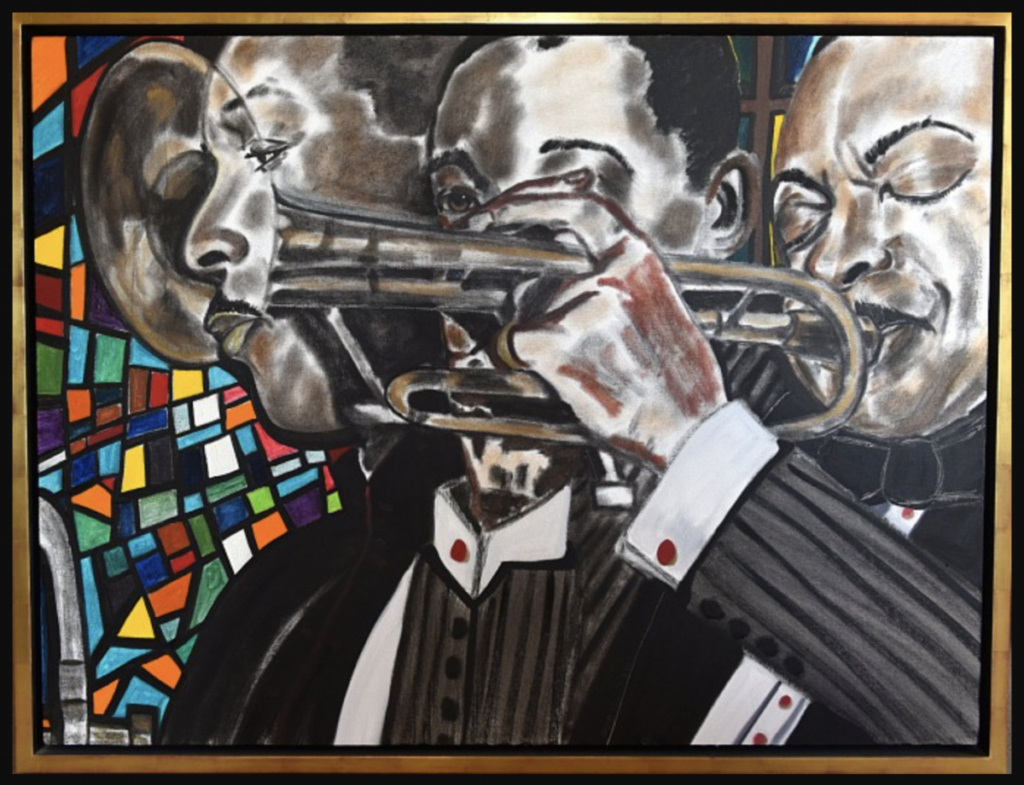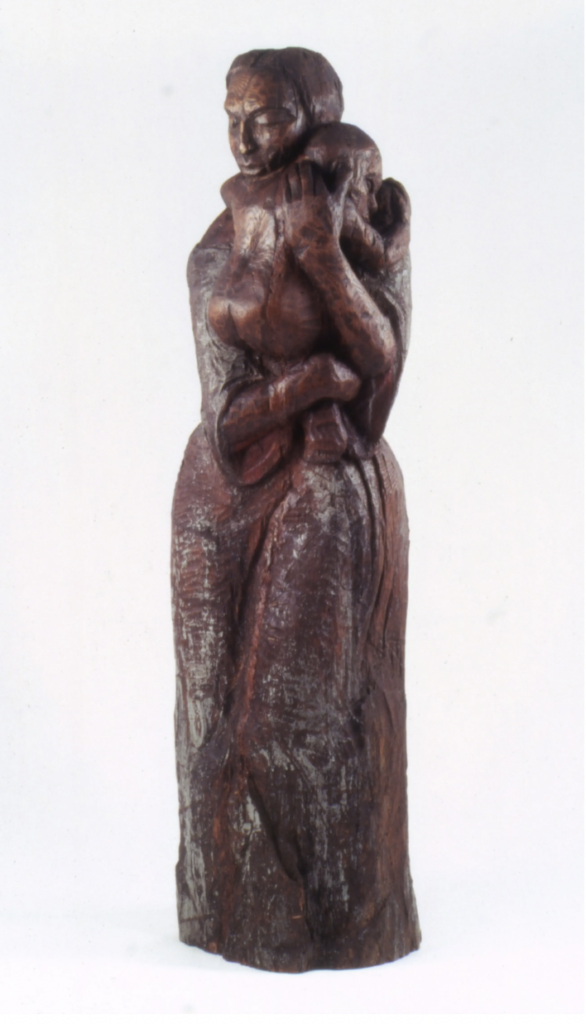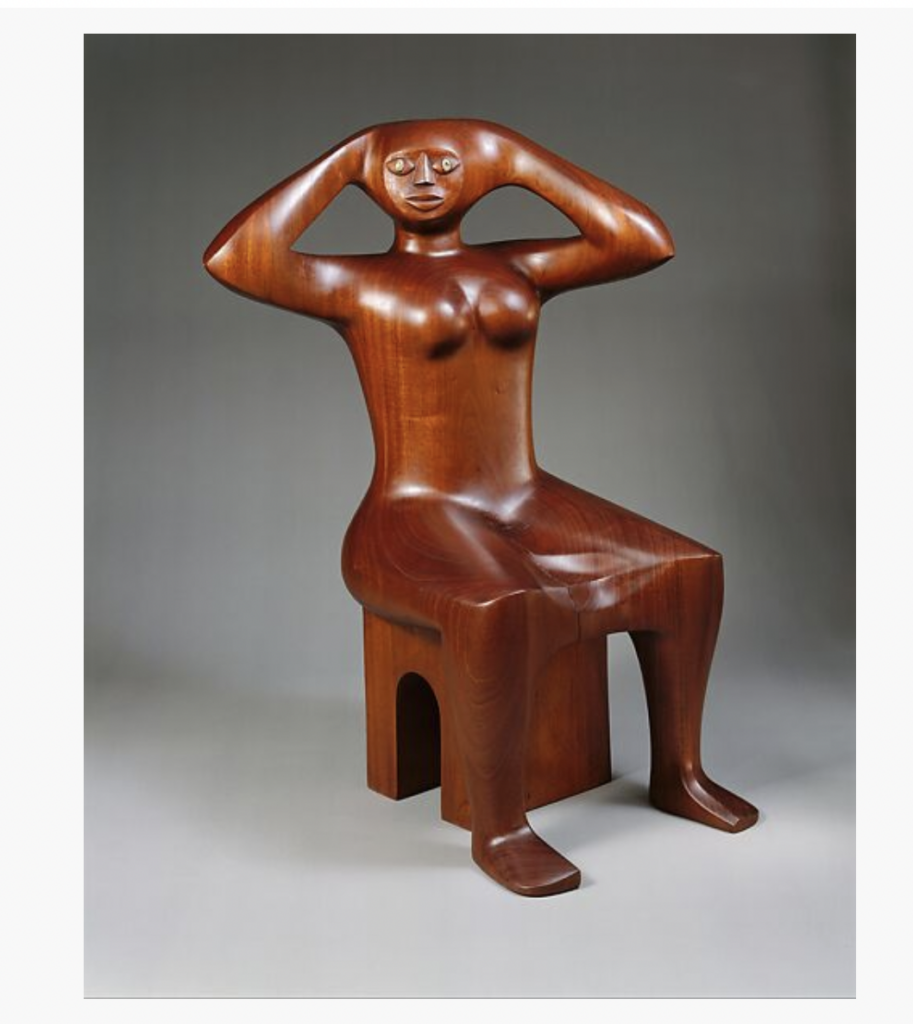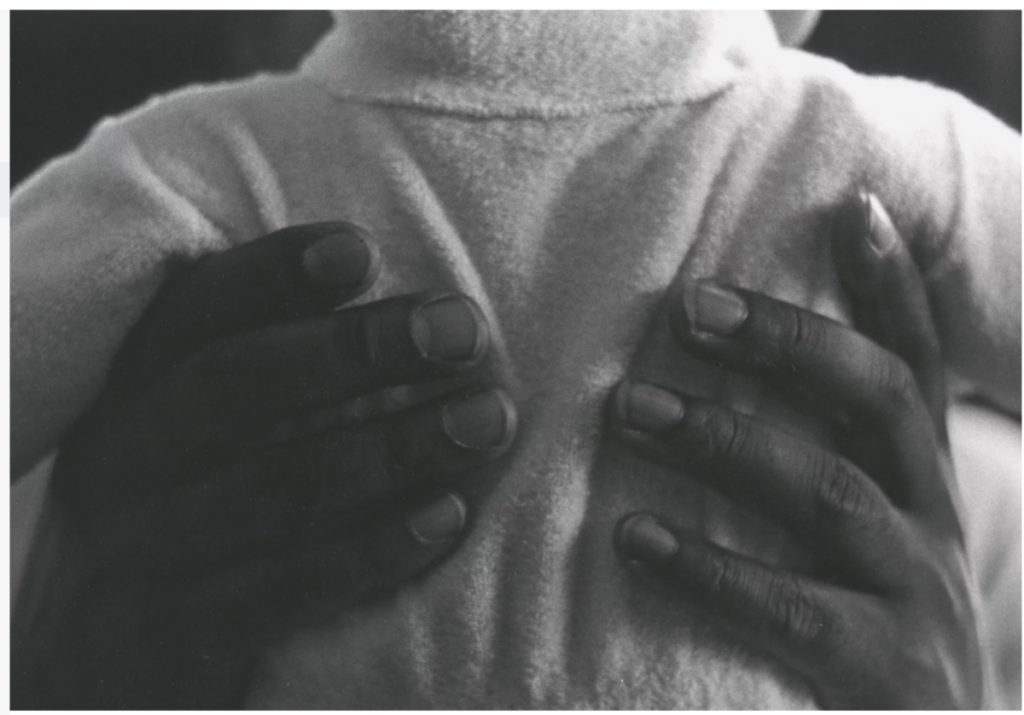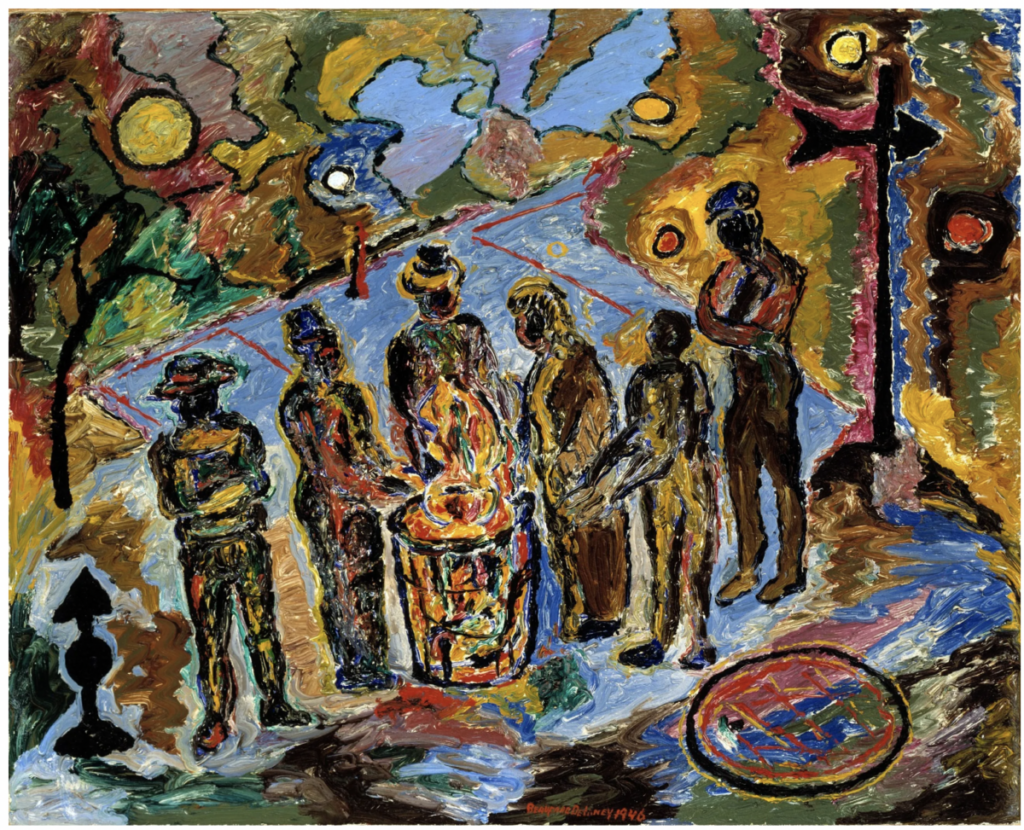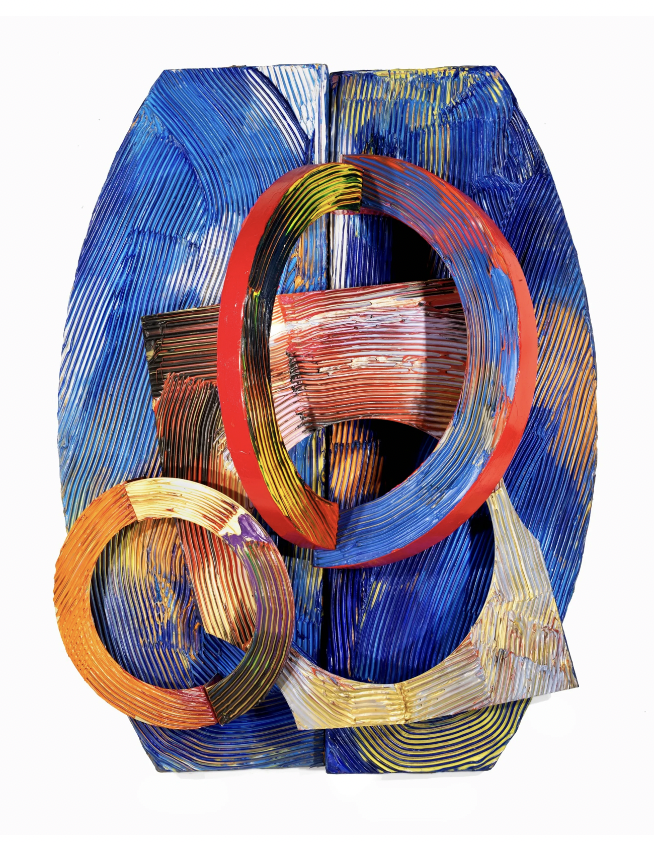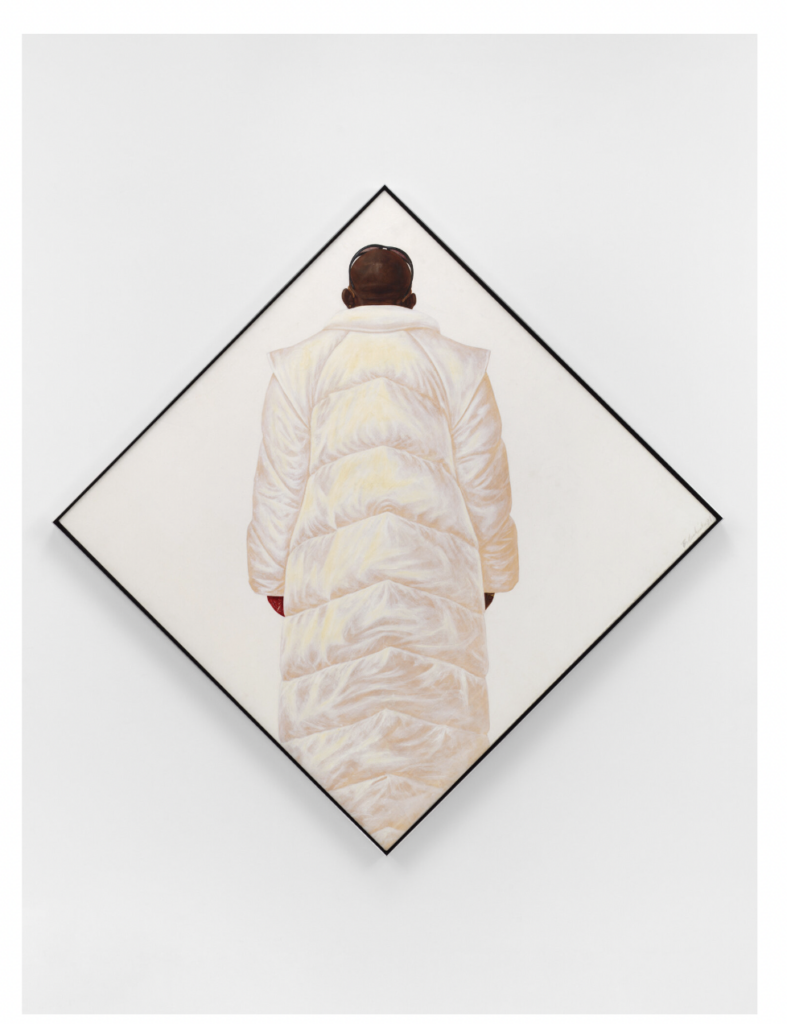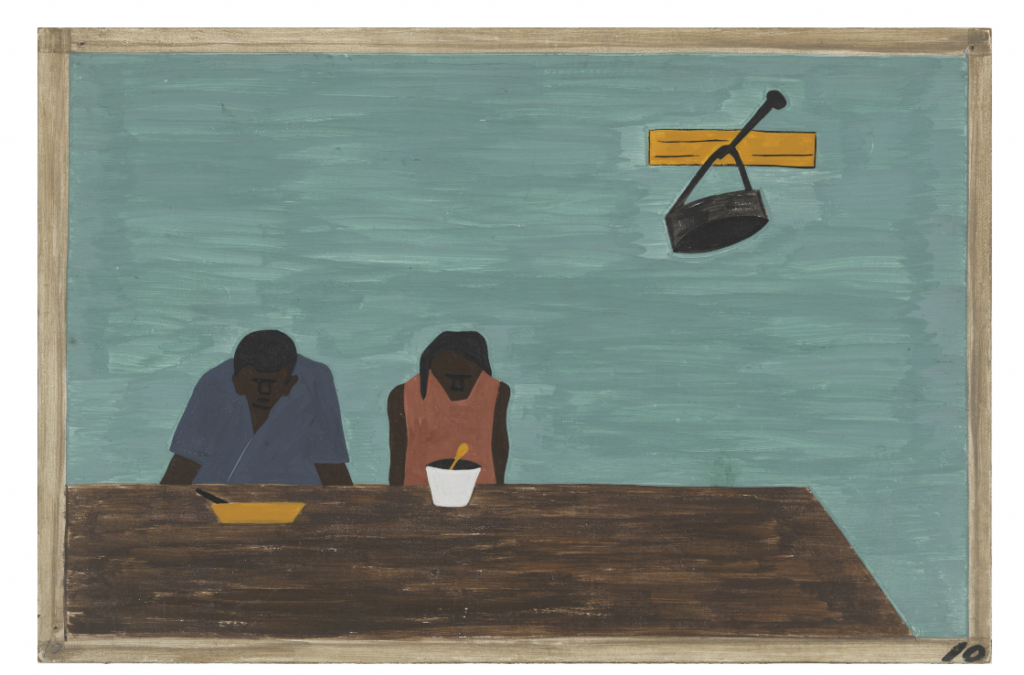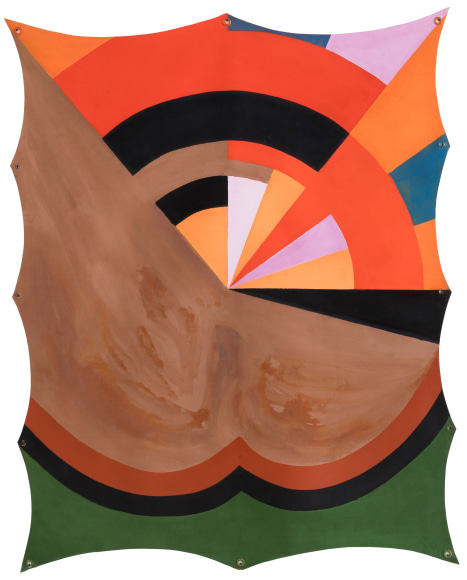Who are the top legendary and influential African American and black visual artists of all time? That question is impossible to answer definitively, because important works from painters, photographers and sculptors who were African American or members of the Black Diaspora are still being “discovered.” Sadly, we know that some great works will never be found. Some names will never be known. To honor the legacy of all Black visual artists, we’ve curated a list of 20 of the best, most famous legendary Black artists from the African Diaspora who helped shape American history including painters, photographers and sculptors. This will be a living list, and we’ll keep updating it. These artists may be gone, but their work, influence and legacies endure.
20 famous and influential visual artists of the Black Diaspora in American history
The power of art to enlighten, inspire and bear witness is well known. For artists who come from communities that have been historically overlooked, the challenge to create brilliant art and to have the world see it is exponentially more difficult than for those from the majority culture. And therefore, perhaps their work is even more worthy of praise.
There’s no time like the present to honor the legendary visual artists who were members of the Black Diaspora who left their mark on American history and culture. Some of these figures loom so large that you already know them, their work, and their stories. But there may be others on this list that are new discoveries for you. From the artists of the Harlem Renaissance to those of the 1960’s and 70’s, these groundbreaking visual artists and sculptors may no longer be with us. But their art and their legacy live on.
In alphabetical order, here are twenty names to know and honor.
1. Charles Alston
Charles Alston was a renowned sculptor, painter, muralist, and illustrator. Born in 1907 in Charlotte, North Carolina, Alston was one of the major players of the Harlem Renaissance. And the first Black supervisor to the Works Progress Administration’s Federal Arts Project.
Alston’s family moved to New York when he was a child. By that time his mother, who had been widowed, had remarried Harry Bearden. Making Alston the step-cousin of acclaimed visual artist Romare Bearden. Alston earned his BA from Columbia College, and his MFA from Columbia University Teacher’s College.
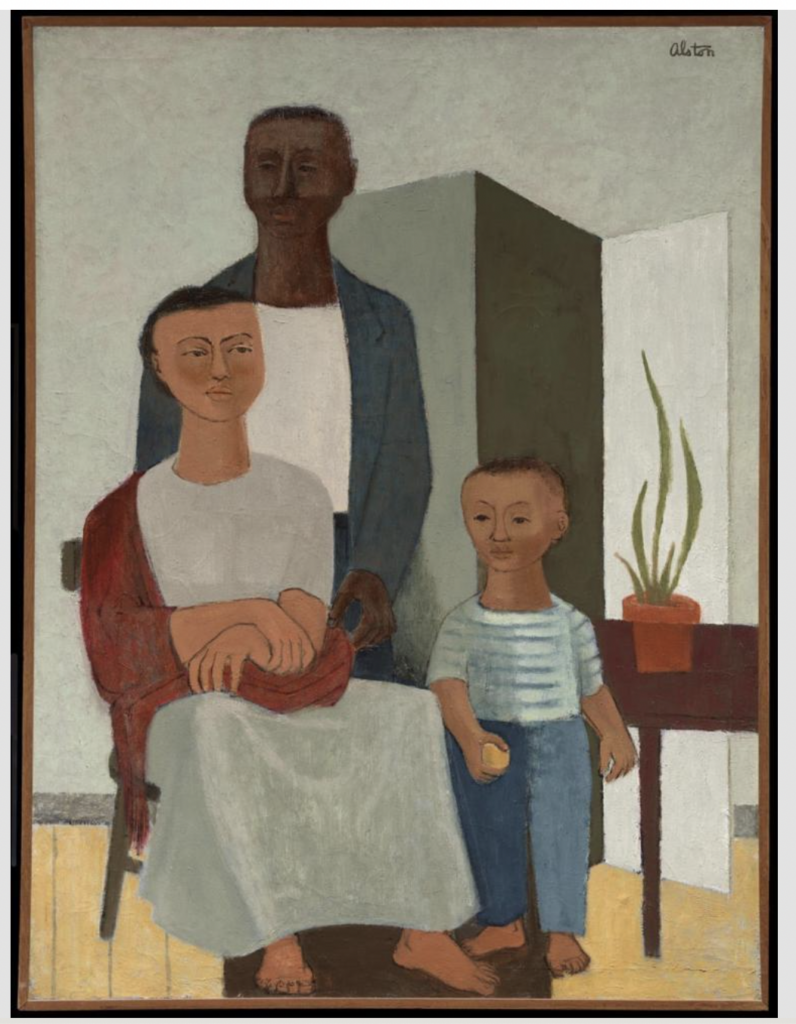
Famous Black visual artists of the African Diaspora who shaped American history, including painters, photographers and sculptors. Image courtesy of Museum of Fine Arts Boston.
Among his best-known achievements, Alston is responsible for the creation of the Harlem Hospital murals. And the mural at the Golden State Mutual Life Insurance Building in Los Angeles. Alston’s paintings were vibrant and abstract in their appearance. He was known for his depictions of the everyday lives of Black Americans. Alston also served as a mentor to younger artists of the era, including Jacob Lawrence.
Alston passed away in 1977, but his work can be found in several major art museums. Including the Metropolitan Museum of Art, New York’s Museum of Modern Art and the National Museum of African American Art and Culture.
2. Ernie Barnes
When it comes to art history, Ernie Barnes is a unique figure. Born in 1938 in Durham, North Carolina, Barnes was a professional football player as well as a painter. And he remains the only professional athlete to achieve this level of recognition as an artist.
Prevented because of segregation from attending Duke University, instead Barnes attended North Carolina College at Durham on an athletic scholarship, where he majored in art.
Barnes’ art permeated pop culture, finding its way into the worlds of music and television. His most iconic work, Sugar Shack, was the cover of Marvin Gaye’s 1976 album I Want You. The painting sold for $15 million at Christie’s auction house in 2022.
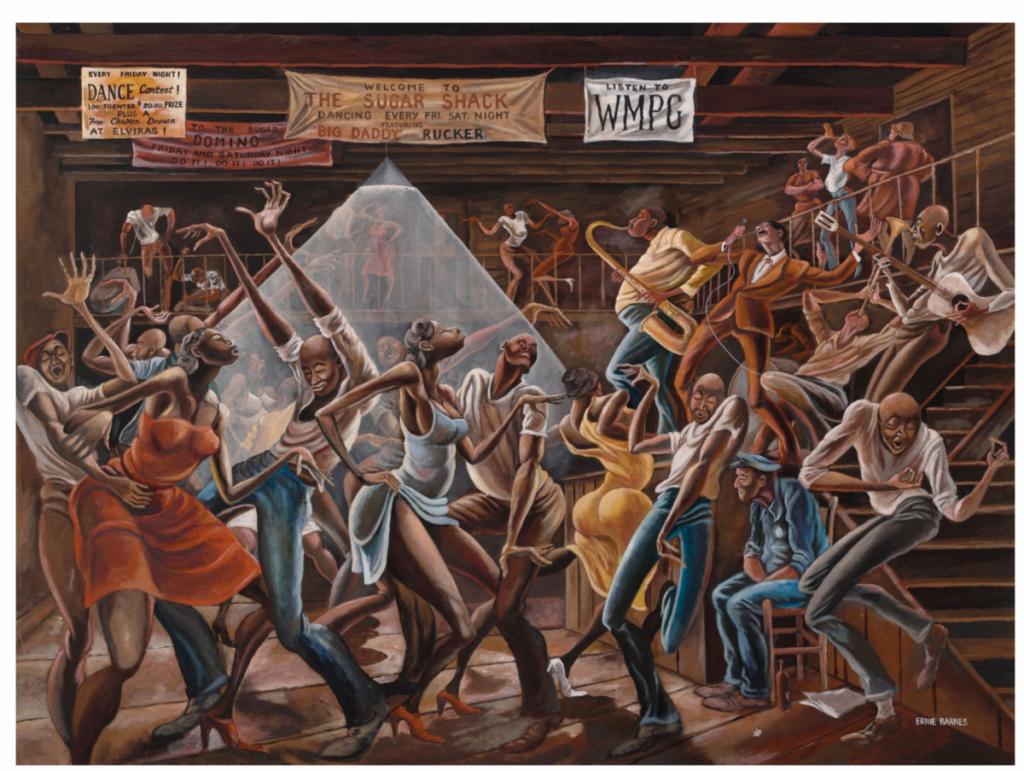
Famous Black visual artists of the African Diaspora who shaped American history, including painters, photographers and sculptors. Image courtesy of Museum of Fine Arts Houston.
Barnes was a master of depicting people in motion. He elongated human bodies to remarkable effect. Though he maintained mixed feelings about his time as a professional athlete, he credited his athletic experience as a major influence on his artwork. What better way to learn about the varied movements and possibilities of the human body?
Barnes’ work is featured in the permanent collections of the Seattle Art Museum, the American Sport Art Museum and Archives, and Philadelphia’s African American Museum.
3. Jean-Michel Basquiat
In the pantheon of artists of the twentieth century, which artist’s name is better known than Basquiat’s?
Born in 1960 in Brooklyn, Jean-Michel Basquiat garnered immense attention for his role in the neo-expressionist movement of the 1980’s. With work drawing on his experiences as a Black American, as well as on his Caribbean heritage, his pieces are legendary for their inclusion of text and symbols. Both are characteristic of the contemporary art of that era.
In the wake of the artist’s tragic early death at 27, his fame and reputation have only grown. His art is held in many of the most prominent museums around the world – among them, the Met, the MOMA, and the Whitney – and in 2022, his family curated the immersive exhibit Jean-Michel Basquiat: King Pleasure in New York, which showcased hundreds of never-before-seen pieces by the artist.
4. Romare Bearden
Artist, writer and activist Romare Bearden was born in 1911 in North Carolina He passed away in 1988 in New York City. The artist spent most of his life in New York, and graduating from New York University in 1935.
Considered one of the seminal artists of the twentieth century, Bearden is well-known for his paintings and his collages. But his artistic pursuits did not stop there. A polymath, he was a talented cartoonist; costume and stage set designer; and muralist.
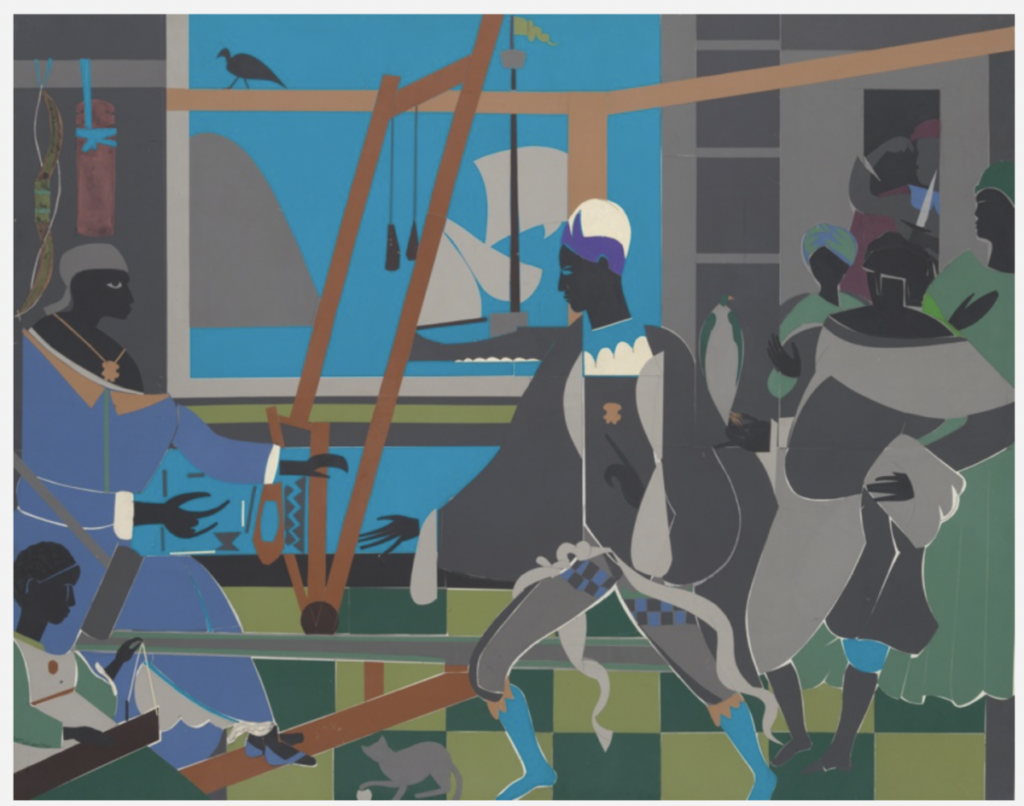
Legendary and influential black artists who helped shape our history. Image Courtesy of the Art Institute of Chicago.
Bearden’s art celebrated the Black experience in America. Scenes are set in in Harlem and in the American South. And many reflect the vital importance of spirituality.
Bearden was recognized with a Guggenheim Fellowship and a National Medal of Arts. His work is in the permanent collections of the Metropolitan Museum of Art, the National Gallery of Art, Boston’s Museum of Fine Arts and many more.
5. Frederick Brown
Famed portraitist Frederick Brown was born in 1945 in Greensboro, Georgia. He spent the rest of his childhood on the South Side of Chicago. He studied art at Southern Illinois University Carbondale, and made his way to New York in the 1970’s.
Though he also experimented with abstract expressionism, Brown is best known for his portraits. He painted many of the most famous jazz and blues musicians of the day, including Billie Holliday and Louis Armstrong. He also painted an iconic portrait of his friend, the writer James Baldwin.
Today, Brown’s work can be found in collections across the country, including the Metropolitan Museum of Art, the National Portrait Gallery and the Smithsonian American Art Museum.
6. Selma Burke
If there is a single artist in the United States whose work has been seen more than any others, it may well be Selma Burke. Why? Because her sculpture of Franklin Delano Roosevelt was the basis for his image on the US Mint’s 10-cent coin (the dime). Perhaps unsurprisingly, Burke did not receive adequate credit for this achievement.
A seminal sculptor of the Harlem Renaissance, Burke was born on New Year’s Eve at the turn of the century – December 31st, 1900. She grew up in Mooresville, North Carolina, attending St. Agnes Training School for Nurses. After moving to New York City, she earned her MFA from Columbia University.
Burke sculpted busts of many other well-known figures, including Duke Ellington, Booker T. Washington, and more. Her final sculpture, completed in 1980, was of Martin Luther King Jr. Burke passed away in 1995, at the age of 94. Her works can be found at Pittsburgh’s Hill House Center, Milwaukee’s Performing Arts Center, the Smithsonian Museum of American Art, and in other locations around the world.
7. Elizabeth Catlett
Born in 1915, Elizabeth Catlett grew up in Washington D.C. She was known for working in numerous mediums: sculptures, paintings, and prints. While attending Howard University, she studied with Loïs Mailou Jones and other well-known artists. She graduated cum laude, and then went onto pursue her MFA in sculpture at the University of Iowa.
While in Iowa, instructors urged her to create art based on what she knew. Thereafter, she began to produce the representations of Black women for which she became famous. Over the course of her career, she expressed many different aspects of her Black identity through both portrait and sculpture.
Later in life, Catlett moved to Mexico City, and became a citizen of Mexico. Her later work is heavily inspired by her life there. Burke’s work can be found at the Metropolitan Museum of Art, the Museum of Modern Art, Mexico’s Palacio de Bellas Artes, and in other permanent collections.
8. Noah Davis
When painter Noah Davis passed away from cancer in 2015, he was only 32 years-old. And yet, the legacy he left behind is a remarkable one.
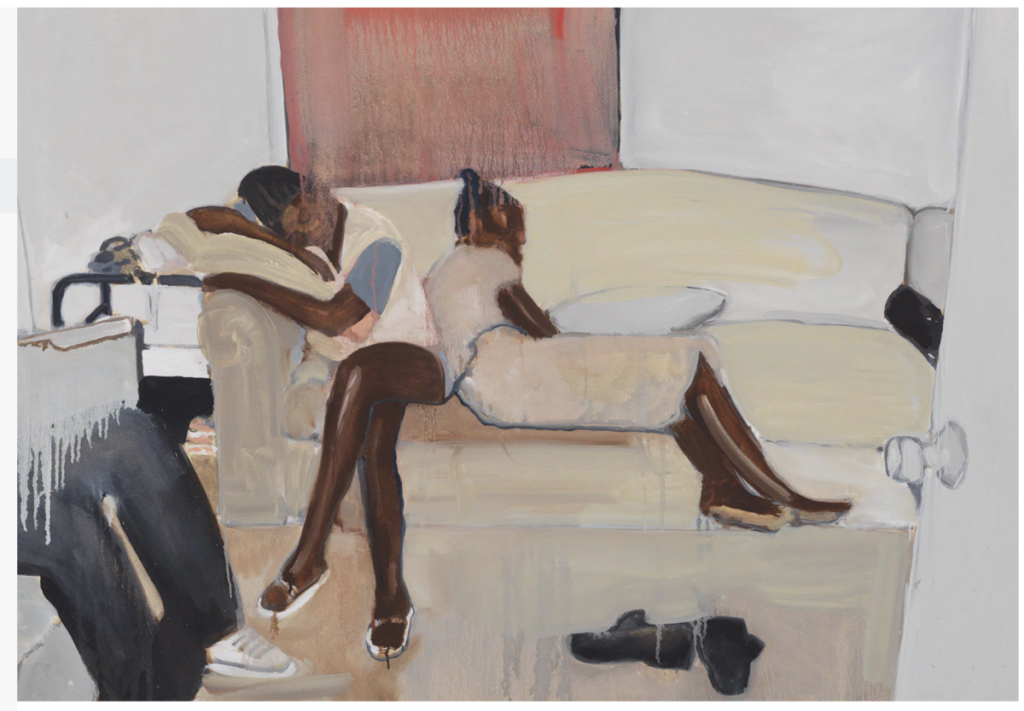
Famous Black visual artists of the African Diaspora who shaped American history, including painters, photographers and sculptors. Image courtesy of David Zwirner and Estate of Noah Davis.
Not only was he known for his paintings – which are mesmerizing in their use of shadows, and the moodiness they evoke. He was also the founder of the Underground Museum of Los Angeles. Though the museum ultimately closed in the wake of Davis’s passing, it was a space that highlighted and celebrated the work of Black artists. Its decade-long tenure in Los Angeles has certainly left a permanent mark on the city.
To see more of Davis’s works, you can visit the public collections of several art museums, including the Hammer Museum, the Whitney Museum, the Studio Museum in Harlem and the Museum of Modern Art.
9. Roy DeCarava
Born in 1919 in Harlem, iconic artist Roy DeCarava grew up in the middle of the Harlem Renaissance. He attended Cooper Union, where he studied painting and sculpture, amid other mediums.
It was DeCarava’s photography that made him famous. Though he initially intended to paint the photographs he took, the photos themselves became legendary. DeCarava captured scenes of everyday Black life in Harlem. He also captured photographic portraits of some of the world’s most famous jazz musicians, among them Billie Holliday, Duke Ellington, Louis Armstrong and John Coltrane. He famously co-authored a book with famed writer Langston Hughes. For The Sweet Flypaper of Life, Hughes supplied the words and DeCarava the images.
He was the first Black artist to receive the Guggenheim Fellowship, and was also awarded the National Medal of Arts from the National Endowment for the Arts. His work is in the permanent collections of many museums, including the Art Institute of Chicago, the Museum of Fine Arts Boston, the Museum of Modern Art and the Metropolitan Museum of Art.
10. Beauford Delaney
Modernist painter Beauford Delaney was a pivotal figure of the Harlem Renaissance. Although arguably he never received the degree of acclaim that he deserved in his lifetime. Born in Knoxville, Tennessee in 1901, Delaney moved to Boston for his artistic training. First at the Massachusetts Normal School, then the South Boston School of Art. And finally at the Copley School. After finishing his studies, Delaney made his way to New York, where he’d live until 1953. At that point, he made his final move to Paris, France, where he remained until his death in 1953.
Delaney was known for his bright, colorful paintings, which often depicted portraits and street scenes in Harlem. Later in his career, he joined many of his contemporaries by turning toward Abstract Expressionism. Many of Delaney’s early paintings were lost, but some survive him. The Art Institute of Chicago, the Smithsonian American Museum, the Studio Museum in Harlem, and other well-known art institutions have exhibited his work.
And in some ways, Delaney is finally beginning to garner the attention he has always deserved. A piece by the artist recently sold at auction for more than forty thousand dollars. And the Delaney Museum is set to open in Tennessee in 2024.
11. Sam Gilliam
Born in 1933 in Tupelo, Mississippi, painter Sam Gilliam received his BA in fine arts from the University of Louisville.
Gilliam is considered part of the Washington Color School, which was an art movement based in Washington D.C. in the 1950’s. The members of The Washington Color School were known for their abstract work, but differentiated from the abstract expressionist movement. Their work was organized and methodical in nature, belonging to the larger color field movement. Gilliam was perhaps best known for his drape paintings, which presented his colorful canvases in nontraditional shapes.
In the New York Times piece written at the time of Gilliam’s death in June 2022, Roberta Smith describes Gilliam as “twice an anomaly.” An artist who was both “ignored by the upper levels of the art world” and who also “refrained from the recognizable images and overt political messages favored by many of his Black colleagues.”
Many of Gilliam’s works are on display in permanent collections, including the Metropolitan Museum of Art, the Museum of Modern Art, the National Gallery of Art, The Tate, and more.
12. Barkley L. Hendricks
Born in 1945 in Philadelphia, artist Barkley L. Hendricks earned both his bachelor’s and master’s degrees at Yale University. He was a classmate of many of the other best-known artists of his time.
Though he was a photographer first, it is Hendricks’ portraits that have left their permanent mark on the art world. He is known for the verve with which he portrayed his Black subjects, many of whom he paints looking directly back at the viewer. “His paintings are distinctly of their time, grounded in the style of their contemporary present, and simultaneously emphatically timeless. They are a direct engagement with art history, the tradition of portraiture, and a confrontation of institutional portrayal of the Black subject.”
Hendricks passed away in 2017 at the age of 72. Among other places, his works can be viewed at The Whitney Museum, the Chrysler Museum of Art, the Studio Museum in Harlem, and the National Gallery of Art.
13. Jacob Lawrence
One of the most significant painters of the twentieth century, Jacob Lawrence was born in 1917 in Atlantic City. He enrolled at the Harlem Art Workshop, where he studied under Charles Alston. And then went on to study with Augusta Savage at the Harlem Community Center.
Inspired by the Harlem Renaissance, Lawrence made a name for himself through his portrayal of the Black American experience, as well as other historical figures and events. His style was unique, both in its use of color blocks as well as in his ability to convey narrative in a single canvas. One of his best-known series was that on The Great Migration, which transformed the historic event into dozens of wrenching personal scenes.
Lawrence received a myriad of prestigious awards and recognitions throughout his career, including a National Medal of the Arts, a Guggenheim Fellowship, and eighteen honorary degrees. His work is on display all over the world, including at the British Museum, the National Gallery of Art, the Metropolitan Museum of Art and the Museum of Modern Art.
14. Norman Lewis
Born in 1909 in New York, painter Norman Lewis studied at the Columbia University Teachers College. Afterward, he was an art instructor with the Works Progress Administration.
One can see two distinct phases in his formidable career. Lewis began as a realist, but moved away from the style once he decided it was not having enough of an impact on driving social change. He embraced the techniques of abstract expressionism, maintaining a level of social activism not demonstrated by many of his contemporaries.
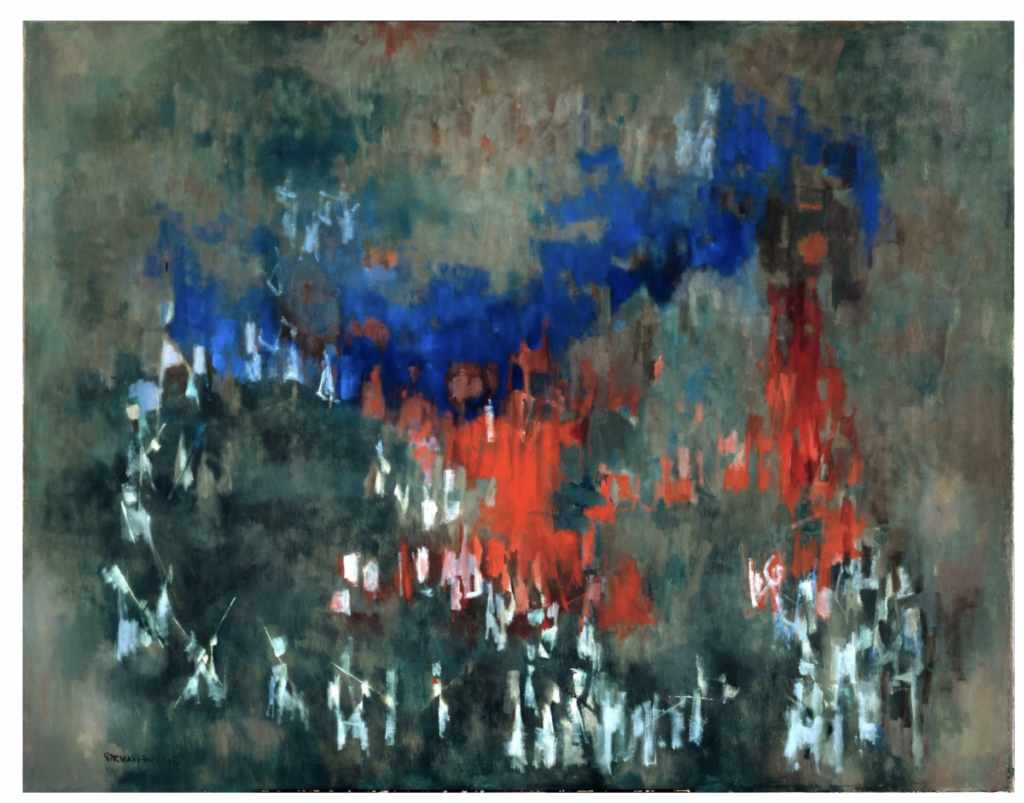
Famous Black visual artists of the African Diaspora who shaped American history, including painters, photographers and sculptors. Image courtesy of the Smithsonian American Art Museum.
Along with many other well-known artists of his time – including Romare Bearden and Charles Alston – Lewis was a member of Spiral, an arts collective that met to discuss what it meant to be a Black artist during the Civil Rights Movement.
Lewis was a recipient of a Guggenheim Fellowship, and a fellowship from the National Endowment for the Arts. His work is held in many public collections, including the High Museum of Art, the Museum of Modern Art, the Metropolitan Museum of Art, and the Smithsonian American Art Museum.
15. Joe Overstreet
Joe Overstreet was born in 1933 in Mississippi. His life as an artist began when he moved to California, studying art at the California School of Fine Arts. Overstreet remained in the state, working for Walt Disney. He became a vital part of a collective of Black artists based in San Francisco.
His work is often associated with abstract expressionism. Overstreet was well-known for presenting his canvases away from the wall, often twisted into unusual shapes. His most famous work, Flight Patterns (1971), features a canvas suspended in mid-air.
After Overstreet passed away in 2019, Holland Cotter of the New York Times said, “Overstreet belonged to a generation of contemporary African American artists who came of age in the civil rights era and addresses burning political issues of the day in a wide variety of forms and styles, from overt protest work to the subtlest geometric abstraction.” Even in Overstreet’s most abstract creations, there was always a political element to his pieces.
Overstreet’s singular pieces live on around the world, including at the Brooklyn Museum, the Mississippi Museum of Art, and the Rose Art Museum.
16. Gordon Parks
Born in Kansas in 1912, Gordon Parks was a renowned photographer, as well as a painter, writer, and filmmaker. He directed the films Shaft and The Learning Tree, among others, and also served as the first editorial director for Essence magazine.
Parks’ photographs are among the most significant documentation of life in the twentieth century. “He left behind an exceptional body of work that documents American life and culture from the early 1940s into the 2000s, with a focus on race relations, poverty, civil rights, and urban life.” It is difficult to know the depth to which our understanding of these decades might be different without Parks’ vital documentation. He received many accolades and recognitions throughout his career.
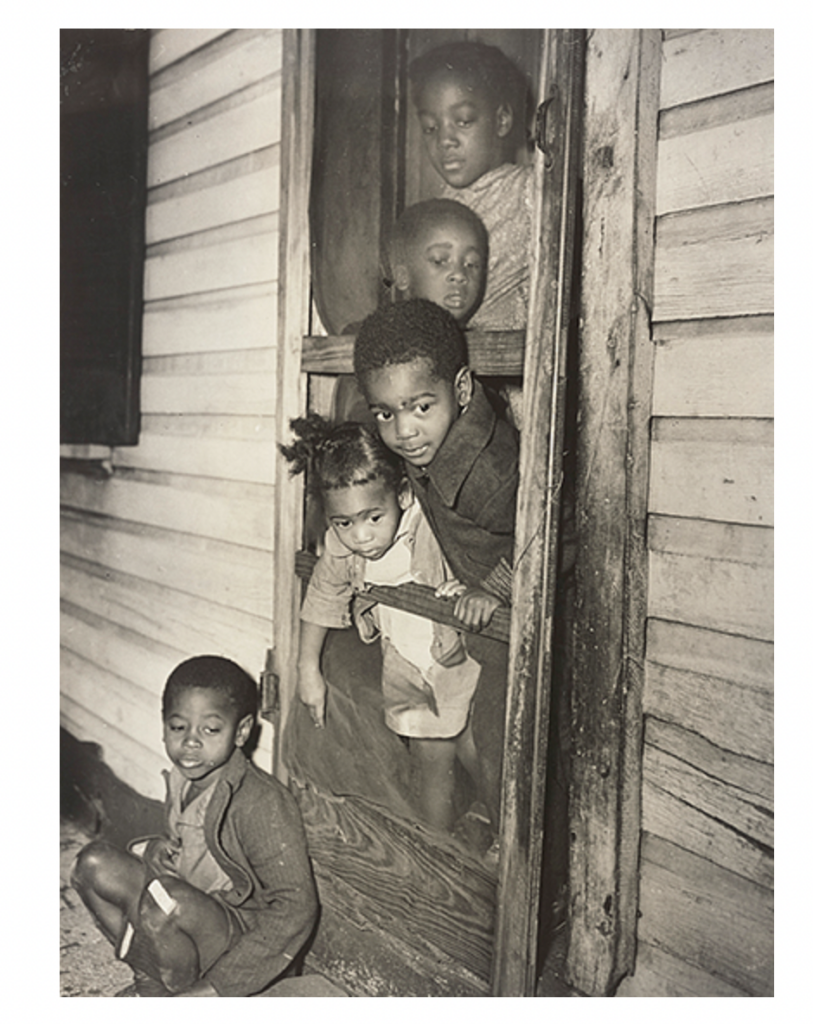
Famous Black visual artists of the African Diaspora who shaped American history, including painters, photographers and sculptors. Image courtesy of the National Gallery of Art and Gordon Parks Foundation.
His photographs are held in the permanent collections of the Art Institute of Chicago, the Cleveland Art Museum, the Minneapolis Art Museum, and elsewhere. His work is currently on display at the Grand Rapids Art Museum in a new photography exhibit, alongside photos by Diane Arbus, James Van Der Zee, and others.
Parks is also survived by the Gordon Parks Foundation, which awards yearly fellowships in Parks’ name as well as his preserving his art and legacy.
17. Robert Reed
Originally from Charlottesville, Virginia, Robert Reed was born in 1938. He earned his BFA and MFA from Yale University, where he would later become a tenured professor of painting and printmaking. It is no doubt that his impact as a teacher was of equal significance to his influence as a painter – he helped to shape a generation of artists.
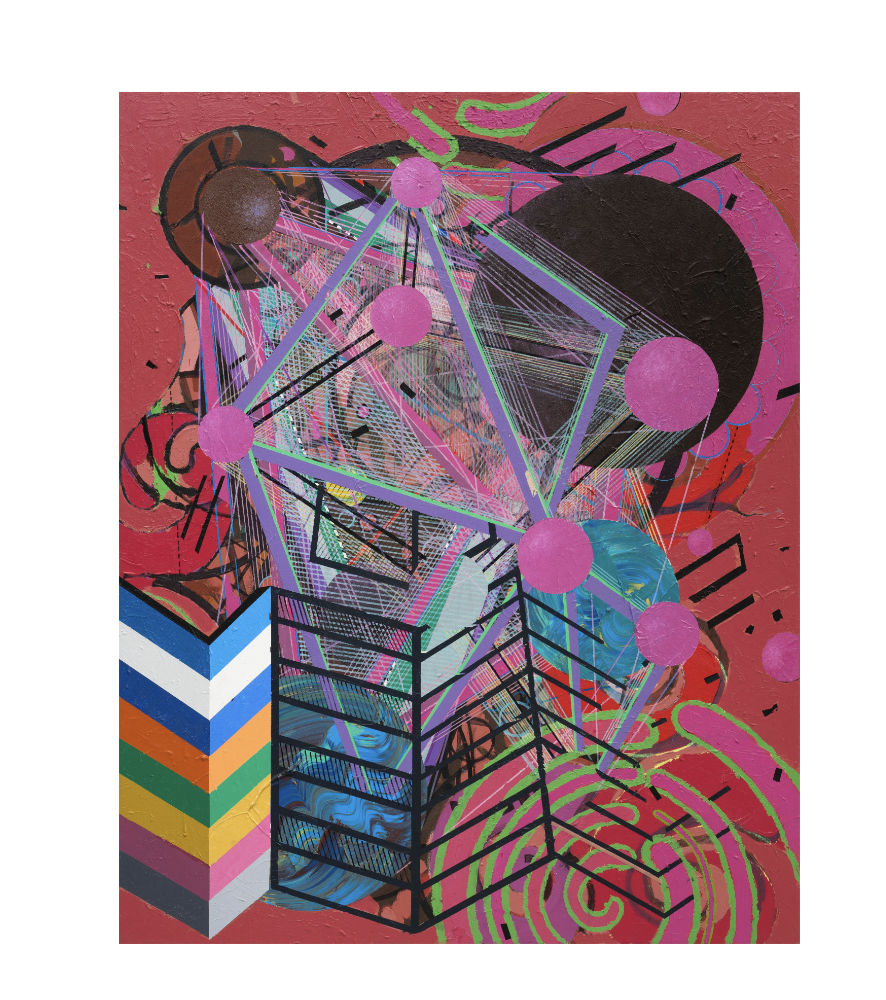
Famous Black visual artists of the African Diaspora who shaped American history, including painters, photographers and sculptors. Image courtesy of Pilar Corrias and Estate of Robert Reed.
Reed was an abstractionist, and his work contains an iconic, unique appearance thanks to his vivid colors and his eye-catching use of shapes.
He received many awards throughout his lifetime, and his work is held in the permanent collection of museums such as Hirshhorn Museum and Sculpture Garden, the Whitney Museum of American Art, Yale University Art Gallery, and more.
18. Augusta Savage
Famed sculptor Augusta Savage was born in 1892 in Florida. Her early work drew some attention, and she was encouraged to apply to New York’s Cooper Union, where she went to earn her degree.
One of Savage’s most famous sculptures is called Gamin; it is a bust of a child from Harlem, and it resides in the permanent collection of the Smithsonian American Art Museum. She was also commissioned to design a piece for the 1939 World’s Fair – the only Black artist to do so, and one of only four women.
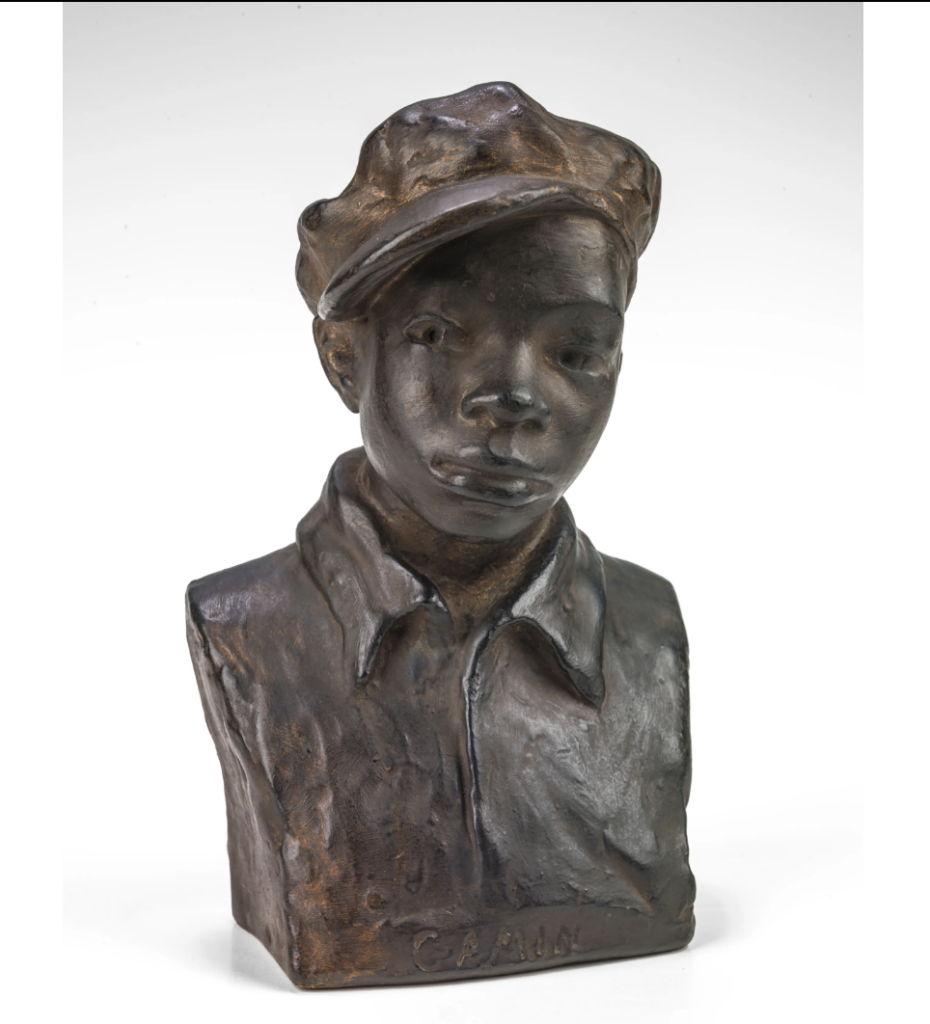
Famous Black visual artists of the African Diaspora who shaped American history, including painters, photographers and sculptors. Image courtesy of the Smithsonian American Art Museum and Estate of Augusta Savage.
Though the location of some of her work is unknown, Savage’s legacy is clear in other ways – she was a noted teacher of art, and taught several of the most renowned artists of the era, including Jacob Lawrence and Norman Lewis.
19. Alma Thomas
Born in 1891 in Georgia, Alma Thomas is considered one of the most important painters of the twentieth century. She attended Howard University – the very first to graduate from their art department.
A resident of Washington D.C, she was often associated with the Washington Color School, and was legendary for her bright, abstract style. She is quoted as saying,“Through color, I have sought to concentrate on beauty and happiness, rather than on man’s inhumanity to man,” which is perhaps similar to the reason many of her Black contemporaries also turned towards forms of abstractionism.
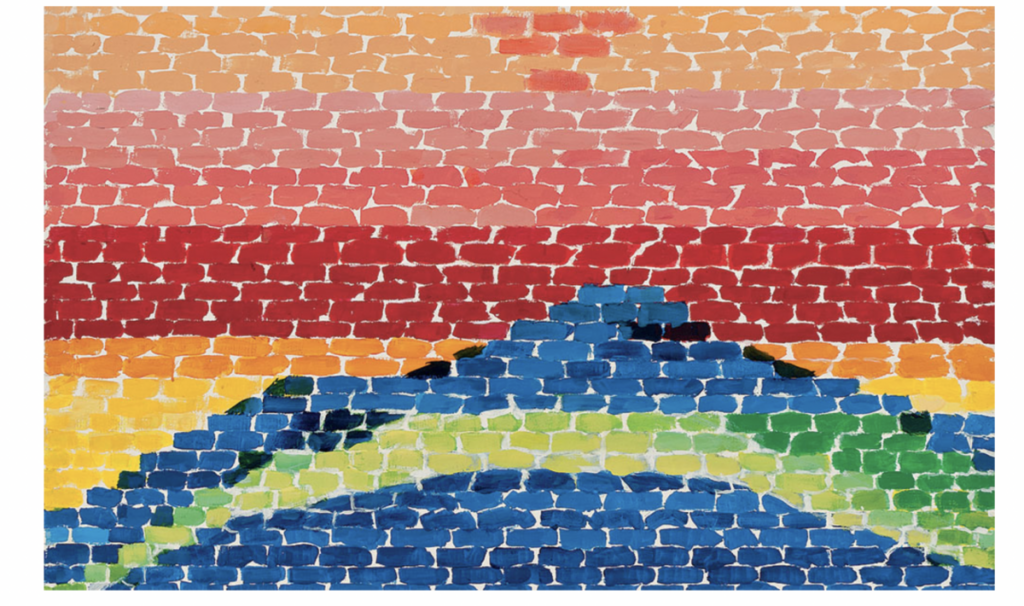
Famous Black visual artists of the African Diaspora who shaped American history, including painters, photographers and sculptors. Image courtesy of the Studio Museum in Harlem and Estate of Alma Thomas.
Thomas’s reputation has continued to grow since her death in 1978, and her easily recognizable works can be found at the National Gallery of Art, the Smithsonian American Art Museum, the Museum of Modern Art, the Metropolitan Museum of Art, and in countless more collections.
20. Charles White
Charles White was born in 1918 in Chicago, Illinois. He attended the School of the Art Institute of Chicago, and then went on to garner a reputation for his paintings, drawings, prints, as well as his forays into other mediums.
White was clear on the role he thought art should play in the fight for civil rights. He is quoted as saying, “Art must be an integral part of the struggle. It can’t simply mirror what’s taking place, It must adapt itself to human needs. It must ally itself with the forces of liberation. The fact is, artists have always been propagandists. I have no use for artists who try to divorce themselves from the struggle.”
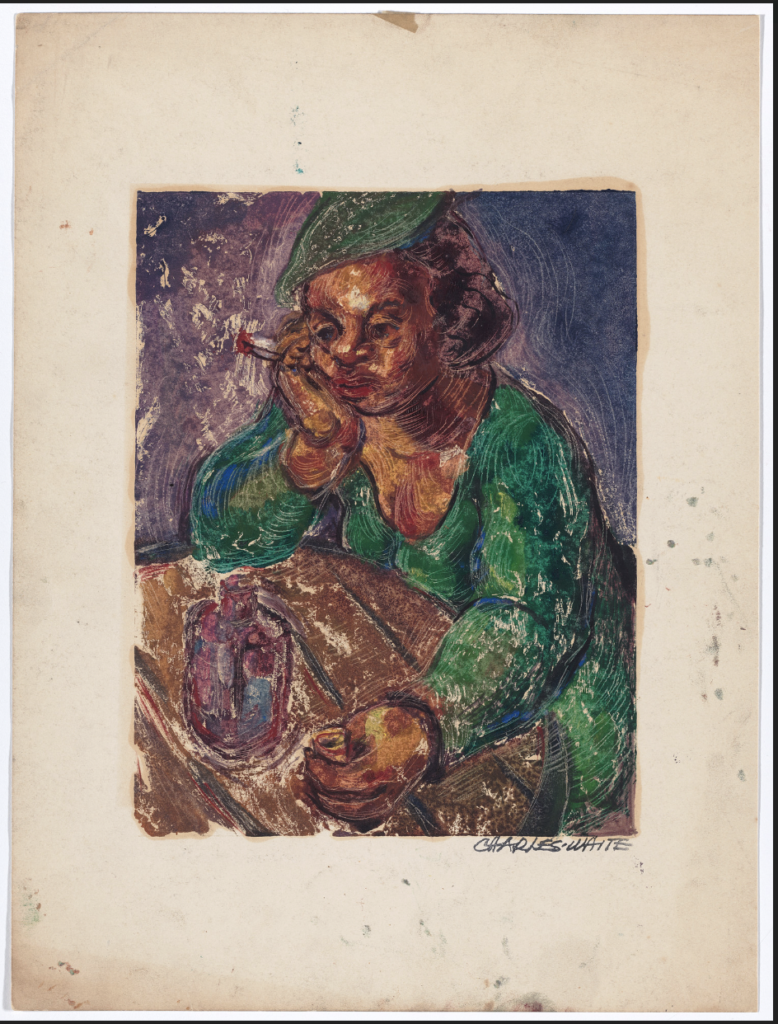
Famous Black visual artists of the African Diaspora who shaped American history, including painters, photographers and sculptors. Image courtesy of the Museum of Modern Art and Estate of Charles White.
And White lived and worked by these values, using his art to document the lives and struggles of Black Americans as he saw them. White passed away in 1979, but his work has maintained vital significance in the collections of museums such as The Metropolitan Museum of Art, the Whitney, and the Los Angeles County Museum of Art.
legendary and influential African American and black artists
That’s our roundup of some of the most famous Black visual artists of the African Diaspora who shaped American history and culture, including painters, photographers and sculptors. They may no longer be with us, but their work and legacies will endure. Whose work resonates most deeply with you, dear reader? And who else should we add to this list?
